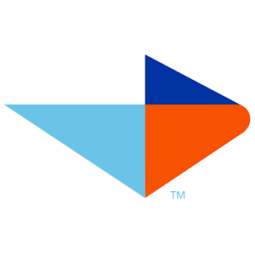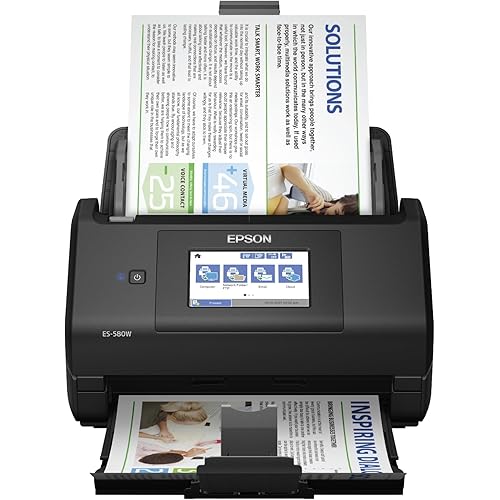Plustek OpticFilm 8200i SE , 35mm Film & Slide Scanner. 7200 dpi / 48-bit Output. Integrated Infrared Dust/Scratch Removal. Bundle Silverfast SE Plus 9 , Support Mac and PC.










Buy Now, Pay Later
- – Up to 36-month term if approved
- – No impact on credit
- – Instant approval decision
- – Secure and straightforward checkout
Ready to go? Add this product to your cart and select a plan during checkout.
Payment plans are offered through our trusted finance partners Klarna, Affirm, Afterpay, Apple Pay, and PayTomorrow. No-credit-needed leasing options through Acima may also be available at checkout.
Learn more about financing & leasing here.
FREE refund/replacement until Jan 31, 2026 Learn more
To qualify for a full refund, items must be returned in their original, unused condition. If an item is returned in a used, damaged, or materially different state, you may be granted a partial refund.
To initiate a return, please visit our Returns Center.
View our full returns policy here.
Recently Viewed
Features
- Built-in infrared channel can detect dust and scratches on the surface of the original negatives and slides. It is highly useful for defect removal without retouching the images.
- 7200 x 7200 dpi (69 Megapixels) for 35mm Negative film and mounted slides. 48-bit input, 24/48-bit output
- Up to 3.6 Dynamic Range Enhanced Multi-Exposure Function for improved image quality 64-bit hardware and software support
- Powerful software include - bundles with Plustek QuickScan and LaserSoft Imaging Silverfast SE Plus
- Support Windows 7/ 8/ 10/11 and Mac OS 10.7 to 14.x , user can download driver from Plustek website
Scanner Type: Photo
Brand: plustek
Model Name: OpticFilm 8200i SE
Connectivity Technology: USB
Product Dimensions: 4.72"D x 10.71"W x 4.69"H
Resolution: 7200
Item Weight: 1600 Grams
Color Depth: 48 Bits
Minimum System Requirements: Windows 7
Maximum Media Size: 35mm
Product Dimensions: 4.72 x 10.71 x 4.69 inches
Item Weight: 3.53 pounds
Item model number: 8200I SE
Is Discontinued By Manufacturer: No
Date First Available: August 6, 2012
Manufacturer: Plustek
Frequently asked questions
To initiate a return, please visit our Returns Center.
View our full returns policy here.
- Klarna Financing
- Affirm Pay in 4
- Affirm Financing
- Afterpay Financing
- PayTomorrow Financing
- Financing through Apple Pay
Learn more about financing & leasing here.

























